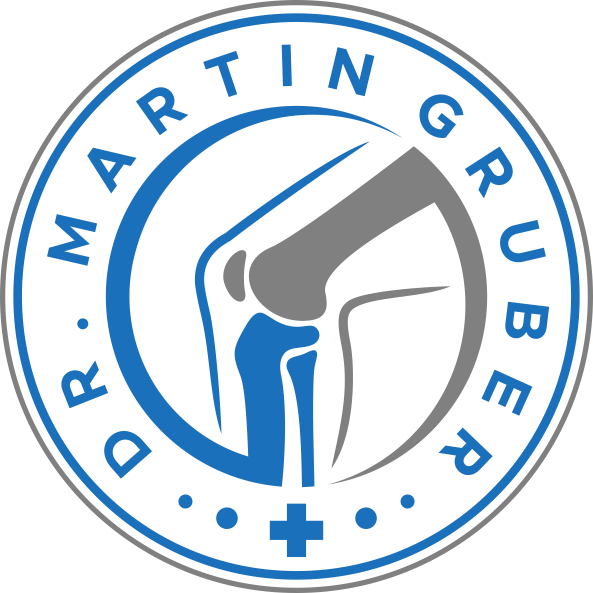The ankle joint
The ankle joint connects the lower leg and foot – where the tibia, calf and the so-called ankle bone converge. In all running and jumping sports, the upper ankle joint is exposed to high stresses and thus a high risk of injury. In many cases, injuries can be treated conservatively. However, surgical interventions have also long been standard and have the highest chances of recovery.
My treatment spectrum
INJURIES OF THE LIGAMENTS
The ankle joint is stabilized by ligamentous connections inside, outside and those between the tibia and fibula. These ligaments are often injured by the classic twisting of the foot. In many cases, the ligaments heal again with rest and targeted training of the muscles. More serious injuries can be treated very well by surgery.
CARTILAGE DAMAGE
Hyaline cartilage is the sliding surface that makes painless and frictionless movement in a joint possible in the first place. If the cartilage is injured or worn out, this is often recognized by crunching, creaking or cracking noises in the joint – pain and chronic inflammation are the result of insulted cartilage. Depending on the depth (grade 1 to 4), size and location of the cartilage damage, there are different treatment methods.
BOTTLENECK SYNDROME
Bony changes at the front or rear edge of the tibia and at the ankle result in painful movement restrictions in the ankle joint – tibiotalar impingement or footballer’s ankle. These movement restrictions are caused by either scar tissue, inflammation or bony spurs and are usually the result of repeated injuries and strains to the ligaments.
ARTHROSE
Wear and tear of the ankle joint is, interestingly, a relatively rare condition of the ankle joint. Symptoms are persistent pain as well as restricted movement.

